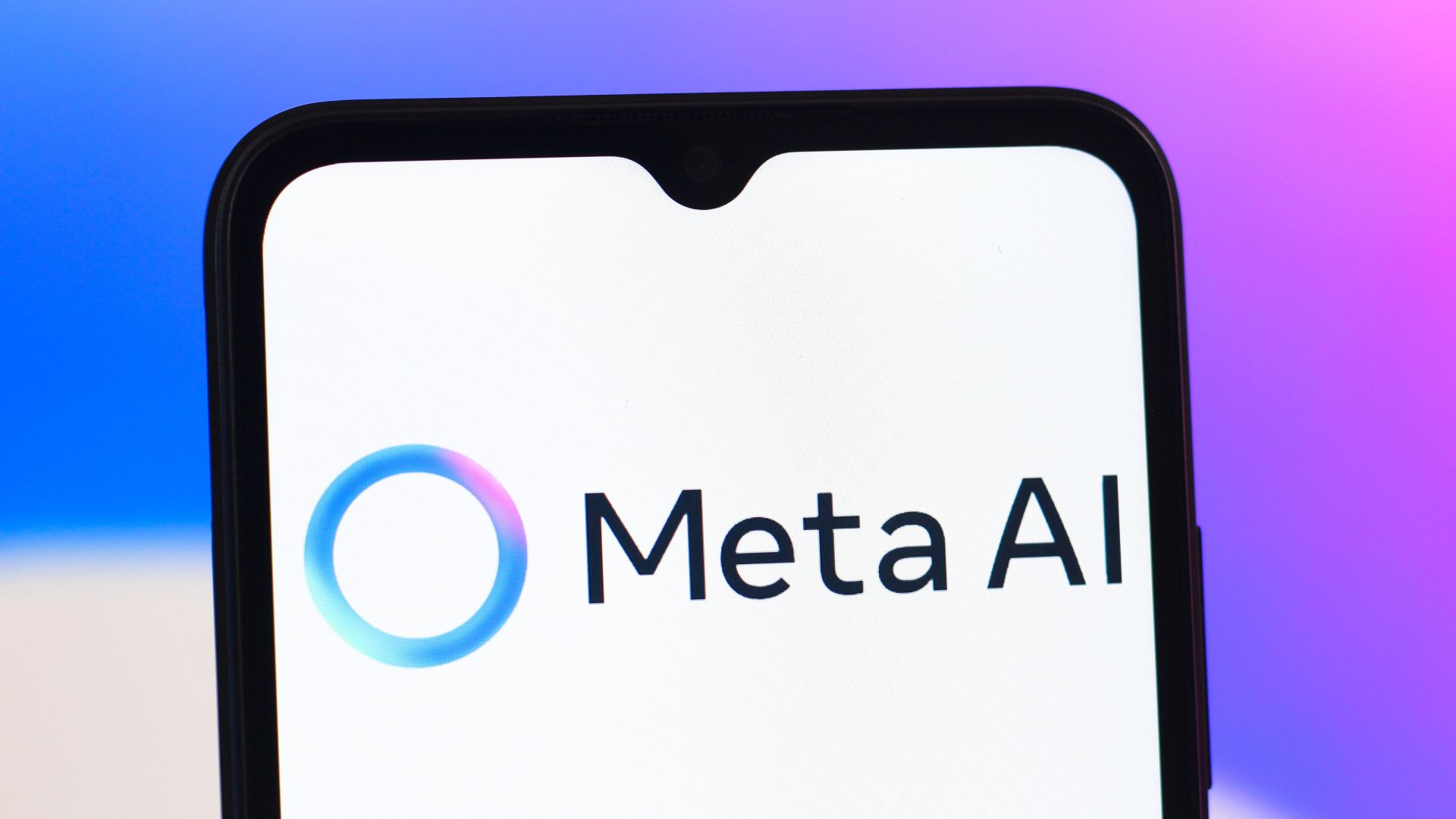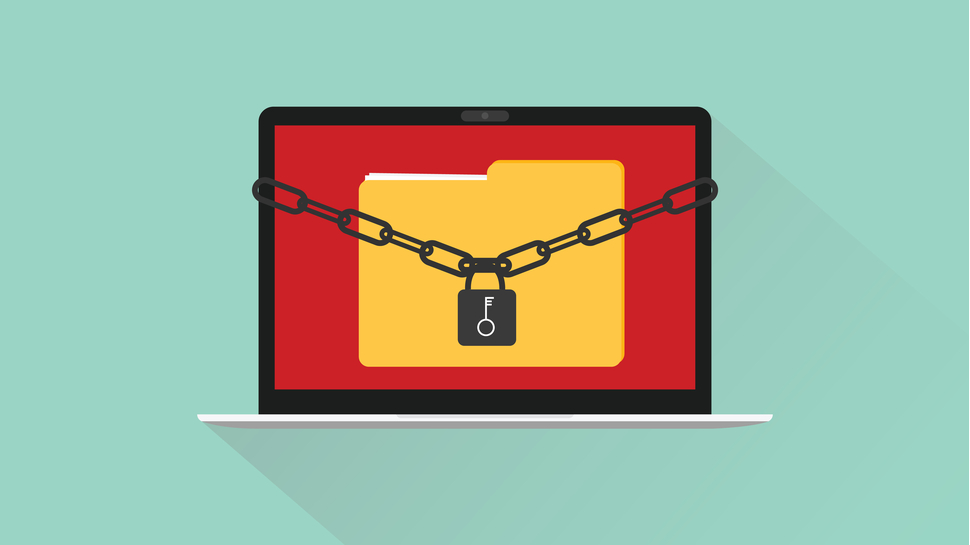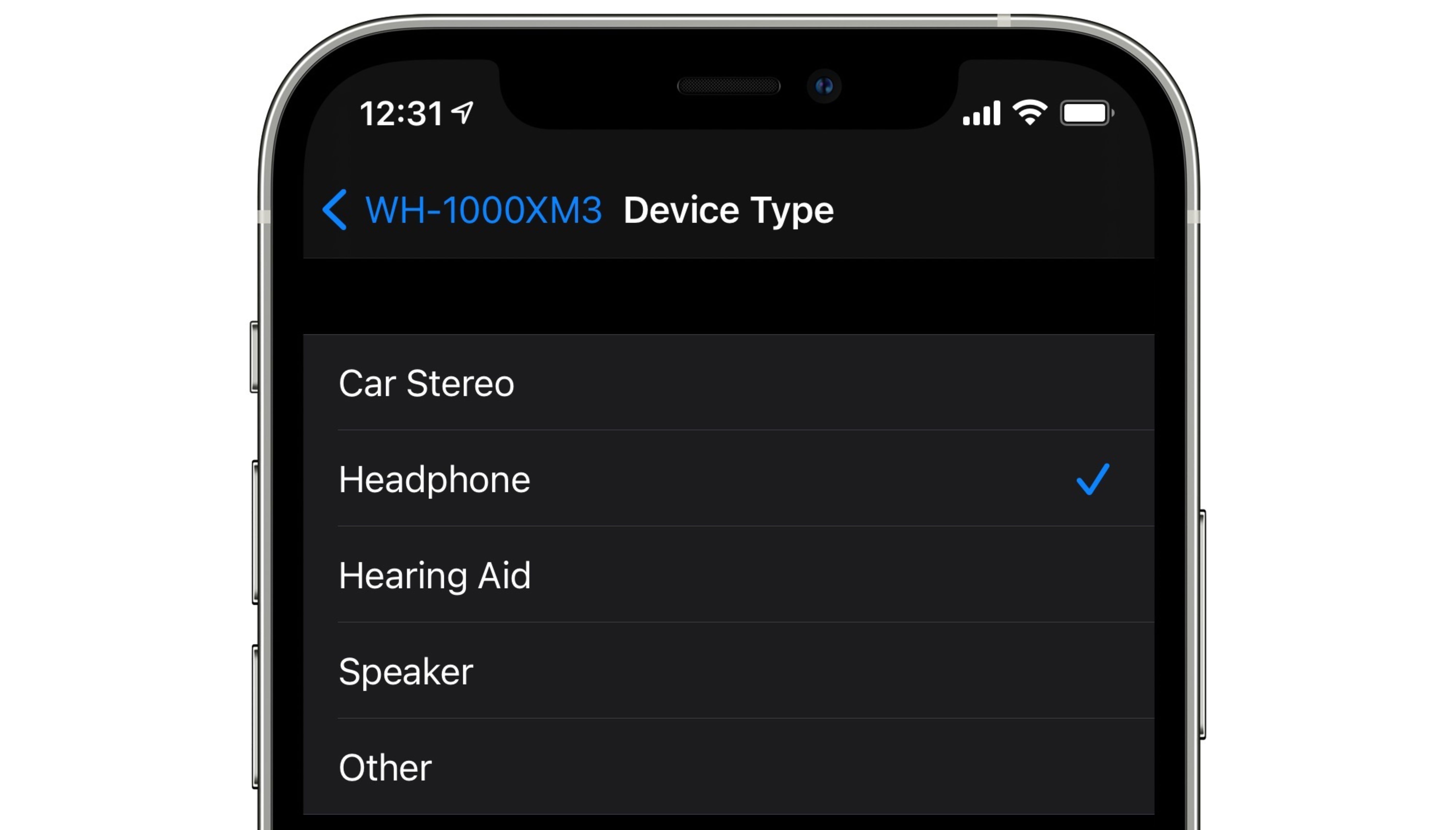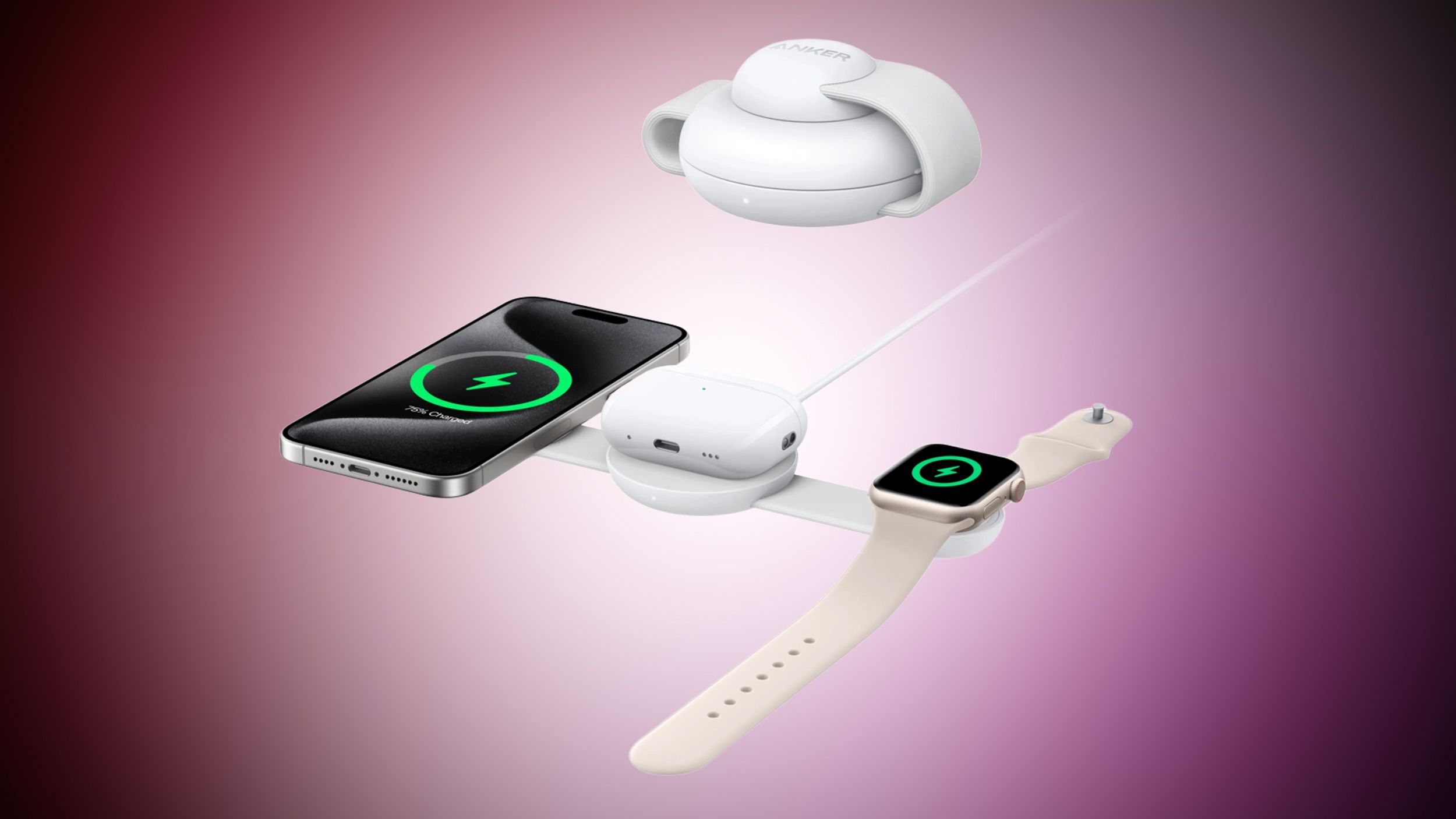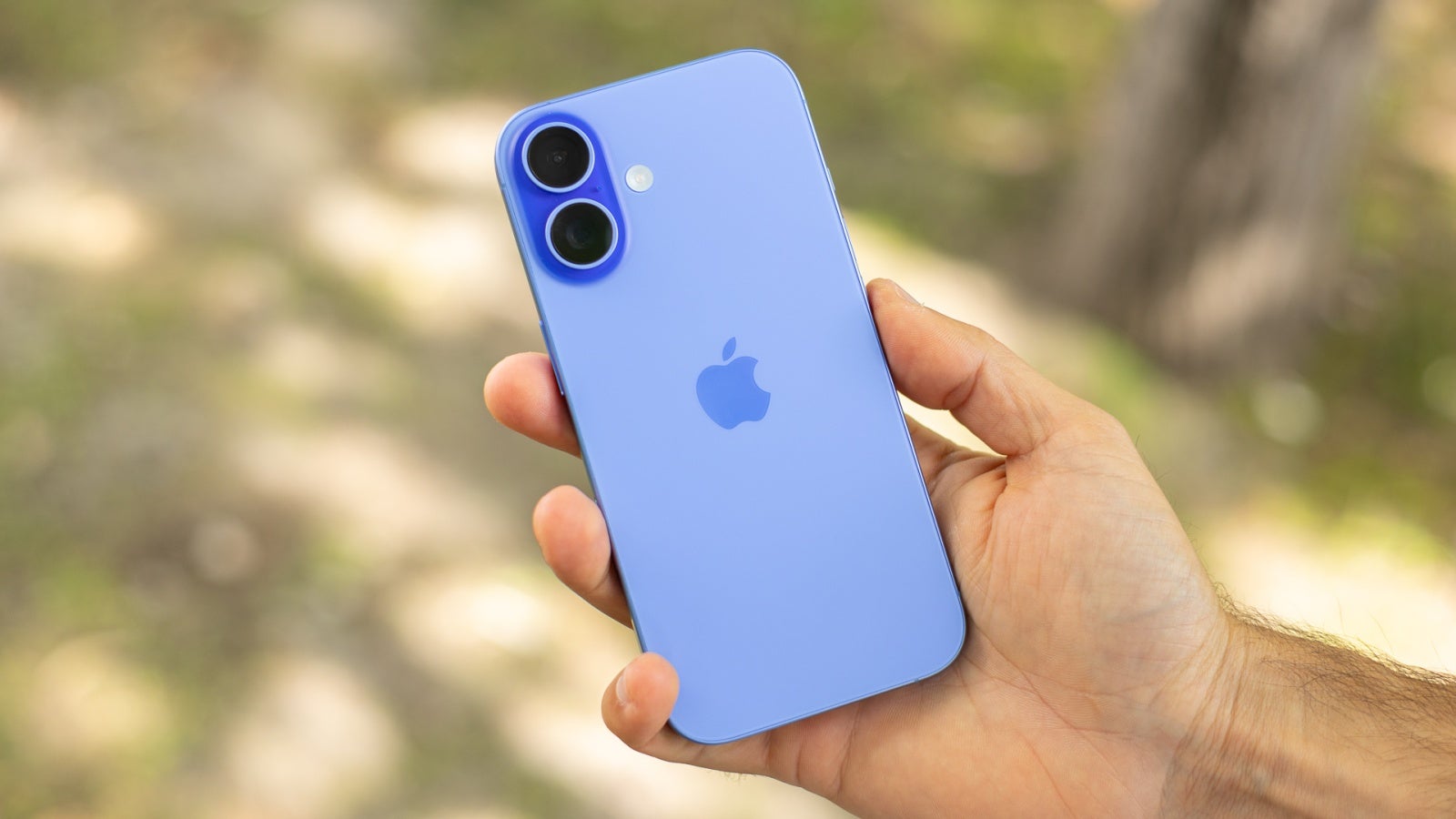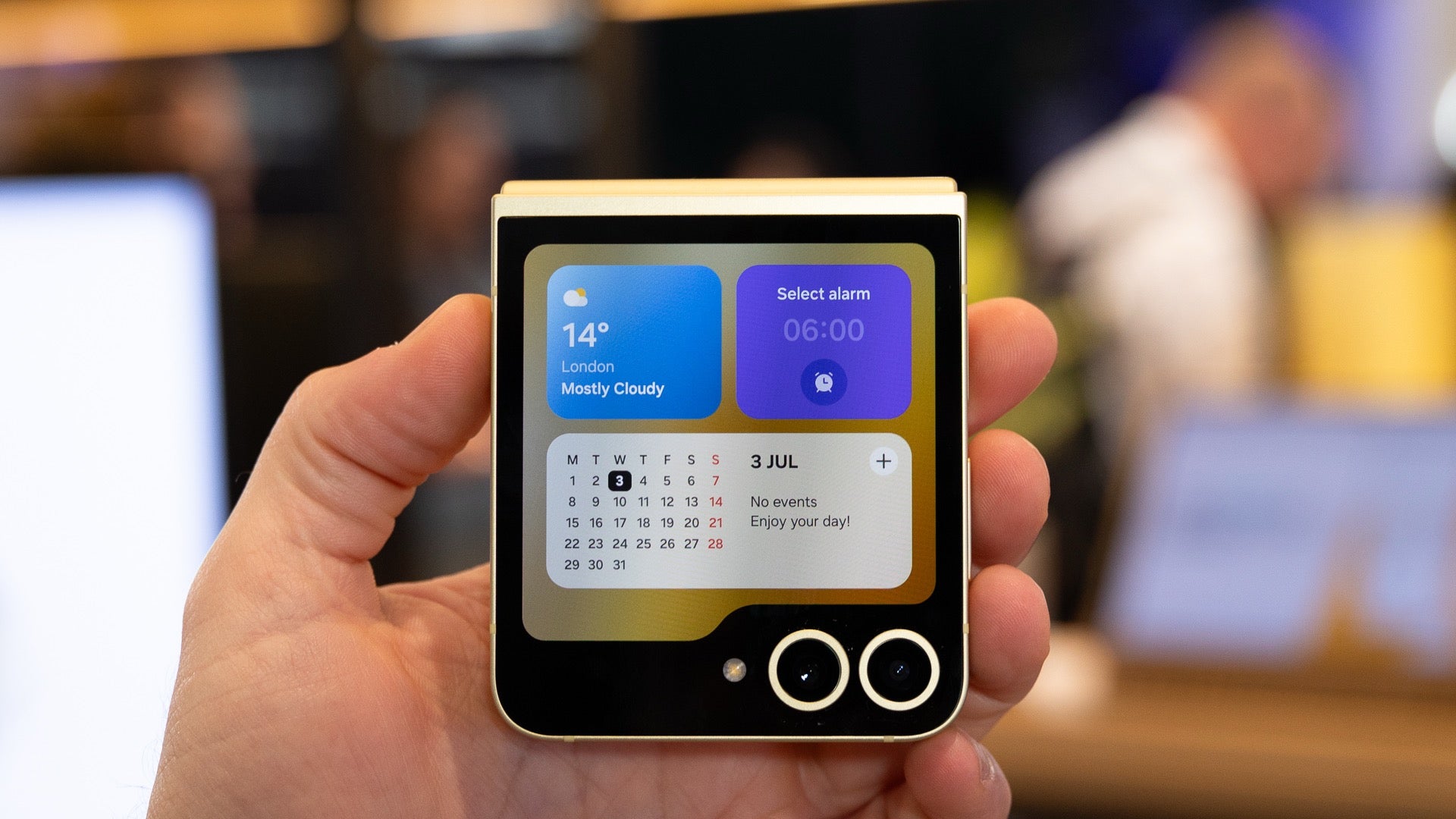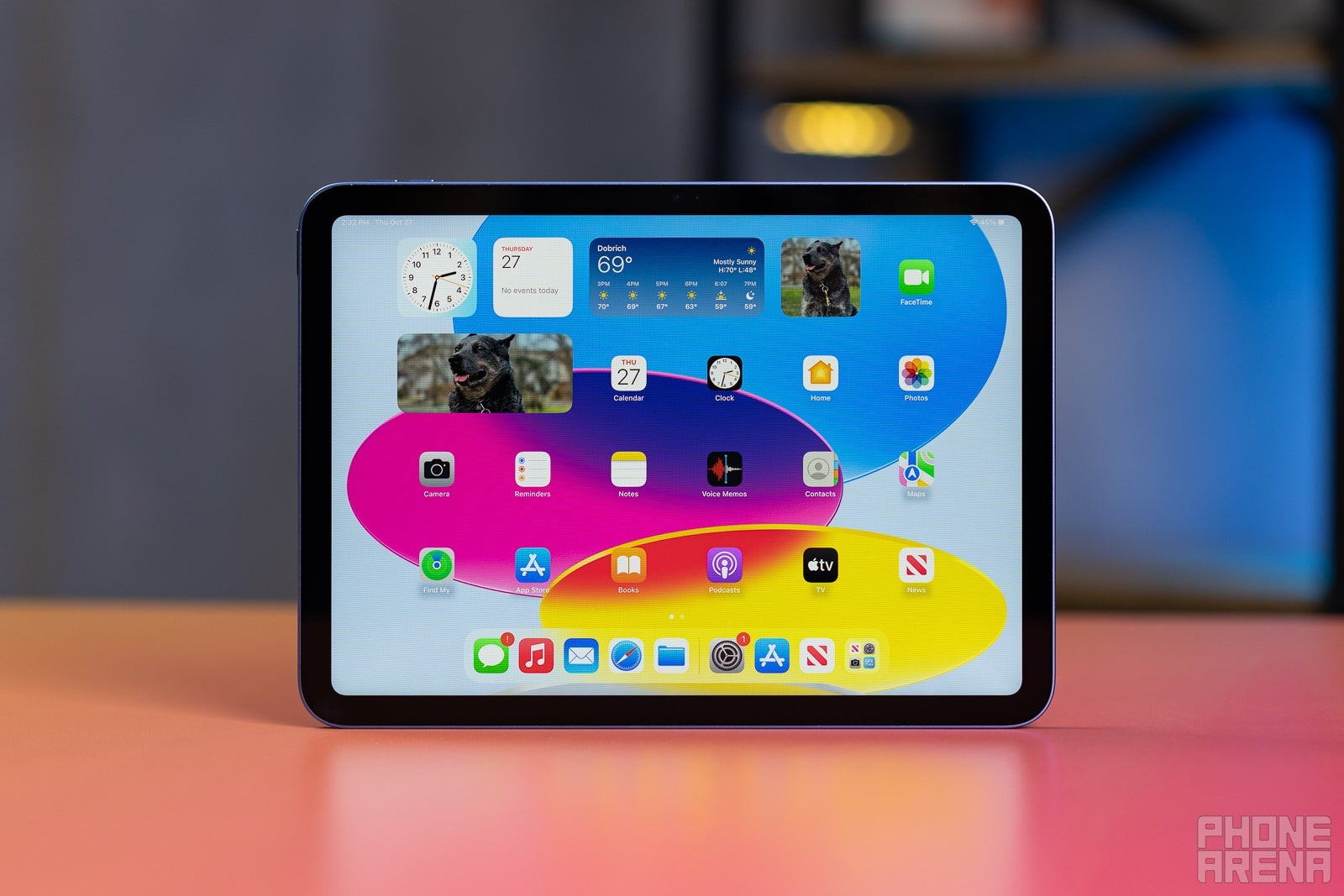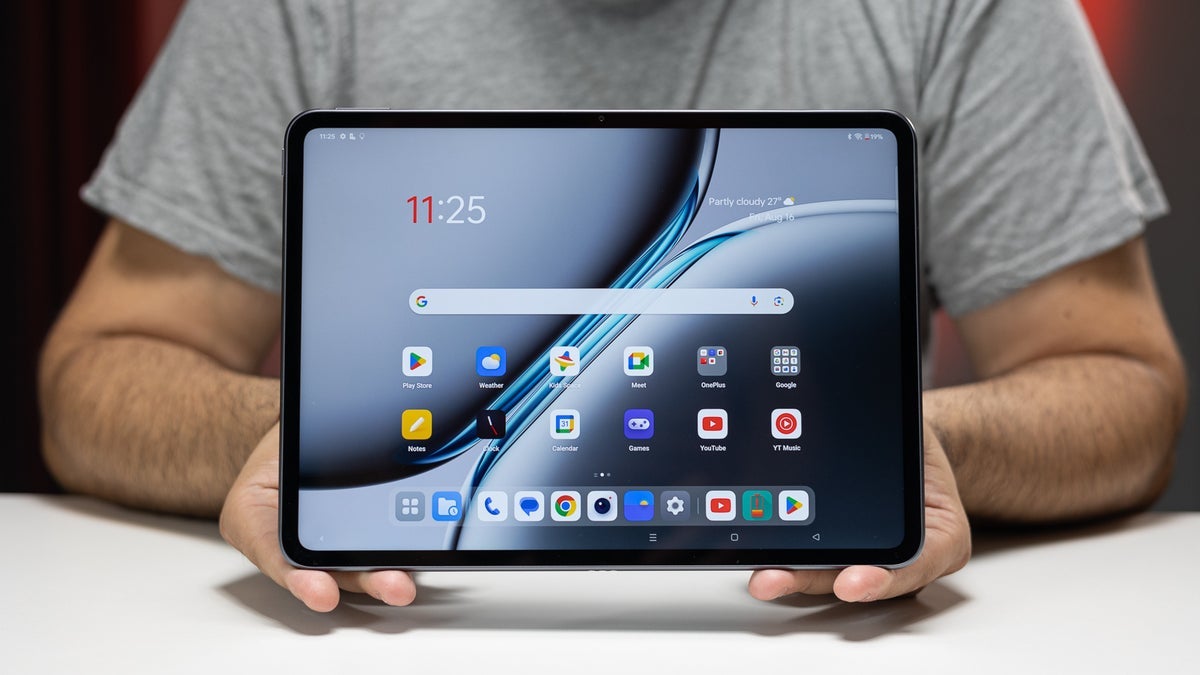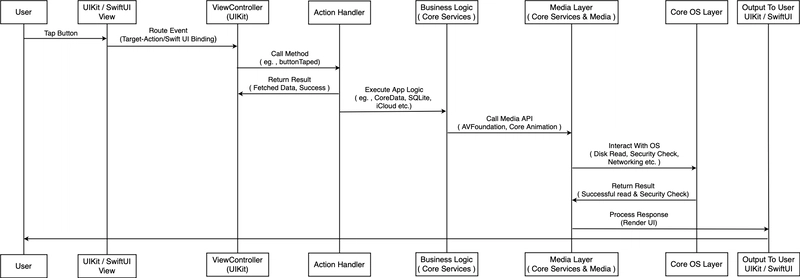iOS SDK Architecture
Apple’s iOS SDK is designed in layered architecture, allowing developers to interact at different levels depending on their needs. Each layer builds on top of the lower ones, abstracting complexity while still providing powerful capabilities. Key Layers: Cocoa Touch: High-level frameworks (UIKit, SwiftUI, Foundation) Media: Audio, video, graphics (Core Animation, AVFoundation) Core Services: System services (Core Data, iCloud, SQLite) Core OS: Kernel, Security, low-level access Execution Model: Compiled into native ARM code using LLVM (via Xcode). Uses MVC/MVVM design patterns. Tight integration with Apple’s hardware and OS features. Core OS Layer The Core OS Layer is the foundational layer in the iOS SDK architecture. It directly interacts with the hardware of the device and provides essential system-level services. This layer ensures that the iOS environment operates smoothly, supporting higher-level services and apps. 1. Darwin Kernel: The Darwin Kernel is the heart of the Core OS Layer and is derived from the Unix-based BSD (Berkeley Software Distribution). It provides essential services to all applications running on the device and manages hardware resources. Darwin includes components like memory management, process management, networking, file systems, and security. Memory Management: Ensures that each app gets the memory it needs while keeping the system stable. File System: Manages the file system, including how files are stored and accessed on disk. Process Management: Handles processes, threads, and scheduling for multitasking. Key Responsibilities: Handles low-level operations like CPU scheduling, network communication, and disk management. Provides system calls to interact with hardware and perform operations 2. libSystem: libSystem is a collection of system libraries that form the foundation of the iOS system. It includes fundamental APIs required by applications and the operating system. It encompasses functions for memory allocation, thread management, file I/O, and more. Key Components: libc (C Standard Library): Provides standard C libraries and essential functions like printf(), malloc(), free(), and open(). libdispatch: Responsible for managing concurrency through Grand Central Dispatch (GCD), which helps in scheduling tasks in parallel. 3. Security Framework: The Security Framework ensures that iOS apps and users can safely store sensitive data and communicate securely. It provides features like encryption, certificates, keychain access, and secure networking. Keychain Services: Secure storage of passwords, keys, and other sensitive data. Data Encryption: Encrypts files and communications to ensure privacy. SSL/TLS: For secure communications over the internet. 4. Power Management: The Core OS Layer handles power management to ensure efficient use of battery life, which is crucial for mobile devices. It regulates how hardware components like the CPU, display, and network interfaces use power to extend battery life. Idle Sleep: Manages when the device should go into sleep mode to conserve battery. App Power Usage: Helps manage background tasks to avoid draining the battery unnecessarily. 5. Networking: iOS supports networking through various protocols and APIs in the Core OS Layer. This layer handles communication over Wi-Fi, Bluetooth, cellular, and NFC. TCP/IP Stack: The protocol stack for all network communications. Bonjour: Apple's implementation of zero-configuration networking, allowing devices to discover each other on local networks. 6. Device Drivers: The Core OS layer provides direct communication with device hardware. This includes access to physical components such as the camera, microphone, GPS, accelerometer, and other sensors. Hardware Abstraction Layer (HAL): Abstracts hardware communication so that higher layers can interact with devices without dealing with hardware specifics. Summary of Core OS Layer Functions: System-level services like memory and process management. File system and network management. Security features to protect user data and communications. Device hardware interaction, including power management and sensor support. Ensures stability and efficiency for the entire system. Conclusion: The Core OS Layer is the most fundamental level in the iOS architecture, dealing with the interaction between software and hardware. It provides essential low-level services that all other layers depend on for functionality, efficiency, and security. Core Services Layer The Core Services layer provides essential functionality and services that underpin much of the app logic. It sits just above the Core OS layer and serves as the bridge between the lower-level system functions and higher-level app features. 1. Core Data What It Is: A powerful object graph and persistence framework provided by Apple. Purpose: Manag
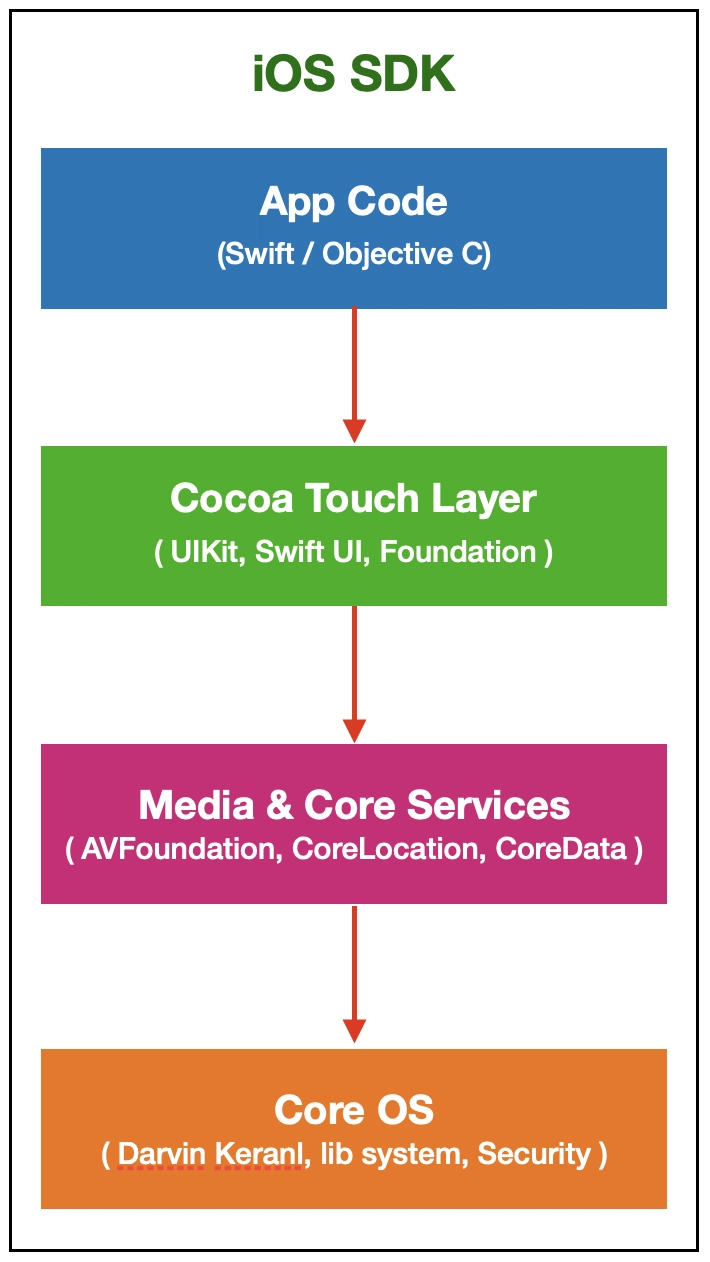
Apple’s iOS SDK is designed in layered architecture, allowing developers to interact at different levels depending on their needs. Each layer builds on top of the lower ones, abstracting complexity while still providing powerful capabilities.
Key Layers:
Cocoa Touch: High-level frameworks (UIKit, SwiftUI, Foundation)
Media: Audio, video, graphics (Core Animation, AVFoundation)
Core Services: System services (Core Data, iCloud, SQLite)
Core OS: Kernel, Security, low-level access
Execution Model:
Compiled into native ARM code using LLVM (via Xcode).
Uses MVC/MVVM design patterns.
Tight integration with Apple’s hardware and OS features.
Core OS Layer
The Core OS Layer is the foundational layer in the iOS SDK architecture. It directly interacts with the hardware of the device and provides essential system-level services. This layer ensures that the iOS environment operates smoothly, supporting higher-level services and apps.
1. Darwin Kernel:
The Darwin Kernel is the heart of the Core OS Layer and is derived from the Unix-based BSD (Berkeley Software Distribution). It provides essential services to all applications running on the device and manages hardware resources. Darwin includes components like memory management, process management, networking, file systems, and security.
Memory Management: Ensures that each app gets the memory it needs while keeping the system stable.
File System: Manages the file system, including how files are stored and accessed on disk.
Process Management: Handles processes, threads, and scheduling for multitasking.
Key Responsibilities:
Handles low-level operations like CPU scheduling, network communication, and disk management.
Provides system calls to interact with hardware and perform operations
2. libSystem:
libSystem is a collection of system libraries that form the foundation of the iOS system. It includes fundamental APIs required by applications and the operating system.
It encompasses functions for memory allocation, thread management, file I/O, and more.
Key Components:
libc (C Standard Library): Provides standard C libraries and essential functions like printf(), malloc(), free(), and open().
libdispatch: Responsible for managing concurrency through Grand Central Dispatch (GCD), which helps in scheduling tasks in parallel.
3. Security Framework:
The Security Framework ensures that iOS apps and users can safely store sensitive data and communicate securely. It provides features like encryption, certificates, keychain access, and secure networking.
Keychain Services: Secure storage of passwords, keys, and other sensitive data.
Data Encryption: Encrypts files and communications to ensure privacy.
SSL/TLS: For secure communications over the internet.
4. Power Management:
The Core OS Layer handles power management to ensure efficient use of battery life, which is crucial for mobile devices. It regulates how hardware components like the CPU, display, and network interfaces use power to extend battery life.
Idle Sleep: Manages when the device should go into sleep mode to conserve battery.
App Power Usage: Helps manage background tasks to avoid draining the battery unnecessarily.
5. Networking:
iOS supports networking through various protocols and APIs in the Core OS Layer. This layer handles communication over Wi-Fi, Bluetooth, cellular, and NFC.
TCP/IP Stack: The protocol stack for all network communications.
Bonjour: Apple's implementation of zero-configuration networking, allowing devices to discover each other on local networks.
6. Device Drivers:
The Core OS layer provides direct communication with device hardware. This includes access to physical components such as the camera, microphone, GPS, accelerometer, and other sensors.
Hardware Abstraction Layer (HAL): Abstracts hardware communication so that higher layers can interact with devices without dealing with hardware specifics.
Summary of Core OS Layer Functions:
System-level services like memory and process management.
File system and network management.
Security features to protect user data and communications.
Device hardware interaction, including power management and sensor support.
Ensures stability and efficiency for the entire system.
Conclusion:
The Core OS Layer is the most fundamental level in the iOS architecture, dealing with the interaction between software and hardware. It provides essential low-level services that all other layers depend on for functionality, efficiency, and security.
Core Services Layer

The Core Services layer provides essential functionality and services that underpin much of the app logic. It sits just above the Core OS layer and serves as the bridge between the lower-level system functions and higher-level app features.
1. Core Data
What It Is: A powerful object graph and persistence framework provided by Apple.
Purpose: Manages the model layer of an app’s MVC architecture.
Key Capabilities:
Stores complex object graphs.
Handles data persistence using SQLite or binary formats.
Supports data versioning and migration.
Features undo/redo and change tracking.
2. CloudKit / iCloud
What It Is: Apple’s cloud syncing framework that connects apps to iCloud storage.
Purpose: Enables users to sync their app data seamlessly across devices.
Key Capabilities:
Save structured data in private, shared, and public databases.
Push notifications for updates.
Integrated user authentication via Apple ID.
End-to-end encryption for sensitive data.
3. Foundation Framework
What It Is: The fundamental utility layer of iOS and macOS development.
Purpose: Provides essential data types, collections, file handling, and networking.
Key Capabilities:
NSString, NSArray, NSDictionary, and other base types.
Date, TimeZone, and localisation tools.
URLSession for network communications.
Threading and operation queues for asynchronous tasks.
4. SQLite
What It Is: A lightweight, relational database engine built into iOS.
Purpose: Provides low-level SQL access to data, used directly or via Core Data.
Key Capabilities:
ACID-compliant transactions.
Ideal for apps requiring structured local storage.
Portable and zero-configuration.
5. Core Location
What It Is: A framework to access the device's location and movement.
Purpose: Enables features like maps, geofencing, fitness tracking.
Key Capabilities:
GPS and cellular/Wi-Fi-based positioning.
Geofencing and region monitoring.
Heading (compass), speed, and altitude data.
6. HealthKit
What It Is: A centralised repository for health and fitness data.
Purpose: Enables secure sharing of health data between apps and Apple’s Health app.
Key Capabilities:
Unified health data store.
Supports permissions for specific data types (heart rate, steps, etc.).
Background updates and real-time data capture.
7. StoreKit
What It Is: The framework used to implement in-app purchases.
Purpose: Provides monetisation features for apps.
Key Capabilities:
Product listing and purchase handling.
Subscription support.
Receipt validation and app store integration.
8. PassKit
What It Is: Interfaces for Apple Wallet and Apple Pay.
Purpose: Enables apps to use digital passes and integrate payment options.
Key Capabilities:
Create and manage passes (boarding passes, event tickets, etc.).
Apple Pay integration for contactless payments.
Support for loyalty programs and coupons.
9. Accounts Framework
What It Is: System-wide user account management.
Purpose: Simplifies access to external services like social networks and email.
Key Capabilities:
Secure storage of credentials.
OAuth and token handling.
Unified interface to access user accounts.
Media Layer
The Media Layer sits above Core Services and provides high-level APIs for audio, video, graphics, and animations. It empowers developers to create rich and immersive user experiences.
1. Core Animation
What It Is: A powerful graphics rendering and animation framework.
Purpose: Enables smooth animations and transitions across the UI.
Key Capabilities:
Implicit and explicit animations.
Layer-based rendering.
Hardware-accelerated performance.
Used by UIKit and SwiftUI behind the scenes.
2. AVFoundation
What It Is: Apple’s framework for working with audio and video.
Purpose: Handles media playback, capture, editing, and streaming.
Key Capabilities:
Play/record audio and video.
Edit, trim, and compose multimedia.
Stream media from URLs.
Add subtitles and timed metadata.
3. Core Graphics (Quartz 2D)
What It Is: A 2D drawing engine.
Purpose: Enables rendering shapes, images, and text on screen.
Key Capabilities:
Vector-based rendering.
PDF context generation.
Gradient and shadow support.
Anti-aliasing and compositing.
4. Core Image
What It Is: An image processing and analysis framework.
Purpose: Apply real-time filters and effects to images and video.
Key Capabilities:
Face detection, blur, and color correction.
Hardware-accelerated filter chaining.
Custom filter creation with CIKernel.
5. Metal
What It Is: Apple’s low-level GPU-accelerated graphics and compute framework.
Purpose: High-performance rendering and parallel data processing.
Key Capabilities:
3D rendering for games and simulations.
Machine learning acceleration.
Shader customisation and advanced graphics pipelines.
6. SceneKit
What It Is: A 3D graphics framework.
Purpose: Build and render 3D scenes and animations.
Key Capabilities:
Physics simulation.
Importing 3D assets (DAE, USDZ).
Camera, lighting, and materials.
7. SpriteKit
What It Is: A 2D game engine.
Purpose: Create animated sprites and casual 2D games.
Key Capabilities:
Physics engine support.
Sound integration.
Particle systems and animations.
8. AudioToolbox / CoreAudio
What It Is: Lower-level audio processing frameworks.
Purpose: Enable real-time, low-latency audio manipulation.
Key Capabilities:
MIDI, audio units, audio queues.
Audio recording and playback.
3D audio spatialization (with AVAudioEngine).
Implicit and explicit animations.
Layer-based rendering.
Hardware-accelerated performance.
Used by UIKit and SwiftUI behind the scenes.
Cocoa Touch Layer
The Cocoa Touch layer is the topmost layer in iOS architecture. It provides the user interface (UI) frameworks and the building blocks for app development. This is where developers interact most when building native iOS apps.
1. UIKit
Primary framework for building graphical user interfaces.
Handles touch events, layout, animations, views, and user interactions.
Contains classes like UIView, UIViewController, UIButton, etc.
2. SwiftUI
A modern declarative UI framework introduced in iOS 13.
Uses Swift's syntax to define UI in a state-driven way.
Allows live previews and better cross-platform UI code reuse (iOS, macOS, watchOS, tvOS).
3. Foundation
Provides basic data types, collections, date/time, and utility classes.
Classes like NSArray, NSDictionary, Date, FileManager, etc.
Often used in both Swift and Objective-C apps.
4.PushKit & Notification Framework
Enables remote and local notifications.
PushKit handles VoIP and other background notifications.
5. Multitasking
Manages app lifecycle events and background execution.
Enables apps to handle background tasks, fetch operations, and audio playback.
6. Gesture Recognisers
Enables tap, swipe, pinch, and custom gestures.
Auto Layout & Interface Builder (IB)
Tools and APIs for adaptive UI.
Supports dynamic screen sizes and orientations.
Data Flow - Data Flow on Button Tap
1. User Interaction (Cocoa Touch Layer):
The user taps a button on the screen.
UIKit (or SwiftUI) detects the tap using gesture recognisers or target-action patterns.
2. Event Handling (Cocoa Touch Layer):
UIKit routes the tap event to the appropriate view controller.
The view controller runs a method like @IBAction func buttonTapped() or similar logic in SwiftUI.
3. Business Logic (Core Services Layer):
Inside the tapped method, app logic is executed.
This may involve:
Fetching/saving data using Core Data
Communicating with cloud using iCloud
Reading/writing to local DB via SQLite
Making a network request using URLSession
4. System Services & APIs (Core Services & Media Layer):
If media is involved (e.g., playing sound, showing image), Core Animation, AVFoundation, or similar APIs are called.
These interact with lower-level services.
5. OS Interaction (Core OS Layer):
The Core OS manages low-level services like:
Reading from disk
Security checks (Keychain, permissions)
Networking (TCP/IP stack)
Scheduling the CPU, managing memory
Handling device drivers (e.g., sensors if involved)
6. Output to User:
A response (e.g., alert shown, data updated) is processed by UIKit or SwiftUI and rendered on the screen.
If animations or transitions are involved, Core Animation handles rendering.
When a user taps a button in your app:
- The top layer (UIKit or SwiftUI) captures the interaction.
- The event is passed to your app’s logic (usually in a view controller or SwiftUI handler).
- Your logic might fetch data, save something, or request media or cloud services — all handled by the Core Services and Media layers.
- Those layers talk to the Core OS, which handles low-level tasks like file access or network communication.
- Finally, the result travels back up through the layers and updates the UI for the user to see.
Conclusion
The iOS SDK is built in layers, each with a clear purpose. The lower layers handle important things like memory, security, and how your app talks to the device. The middle layers manage data, media, and system services. The top layer helps you build user interfaces and control how the app works.
This setup makes it easier for developers to build apps without worrying about how everything works underneath. Apple designed this system to work smoothly with their devices, so apps run fast, look great, and stay secure.
Overall, the iOS SDK gives developers everything they need to create powerful and reliable apps for iPhones, iPads, and other Apple devices.































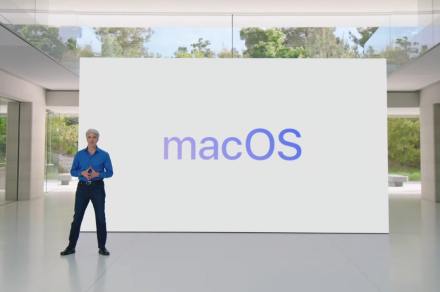







































































































































![[The AI Show Episode 145]: OpenAI Releases o3 and o4-mini, AI Is Causing “Quiet Layoffs,” Executive Order on Youth AI Education & GPT-4o’s Controversial Update](https://www.marketingaiinstitute.com/hubfs/ep%20145%20cover.png)


























































































































![Ditching a Microsoft Job to Enter Startup Purgatory with Lonewolf Engineer Sam Crombie [Podcast #171]](https://cdn.hashnode.com/res/hashnode/image/upload/v1746753508177/0cd57f66-fdb0-4972-b285-1443a7db39fc.png?#)














































.jpeg?#)
.jpg?#)






















































































_designer491_Alamy.jpg?width=1280&auto=webp&quality=80&disable=upscale#)











































































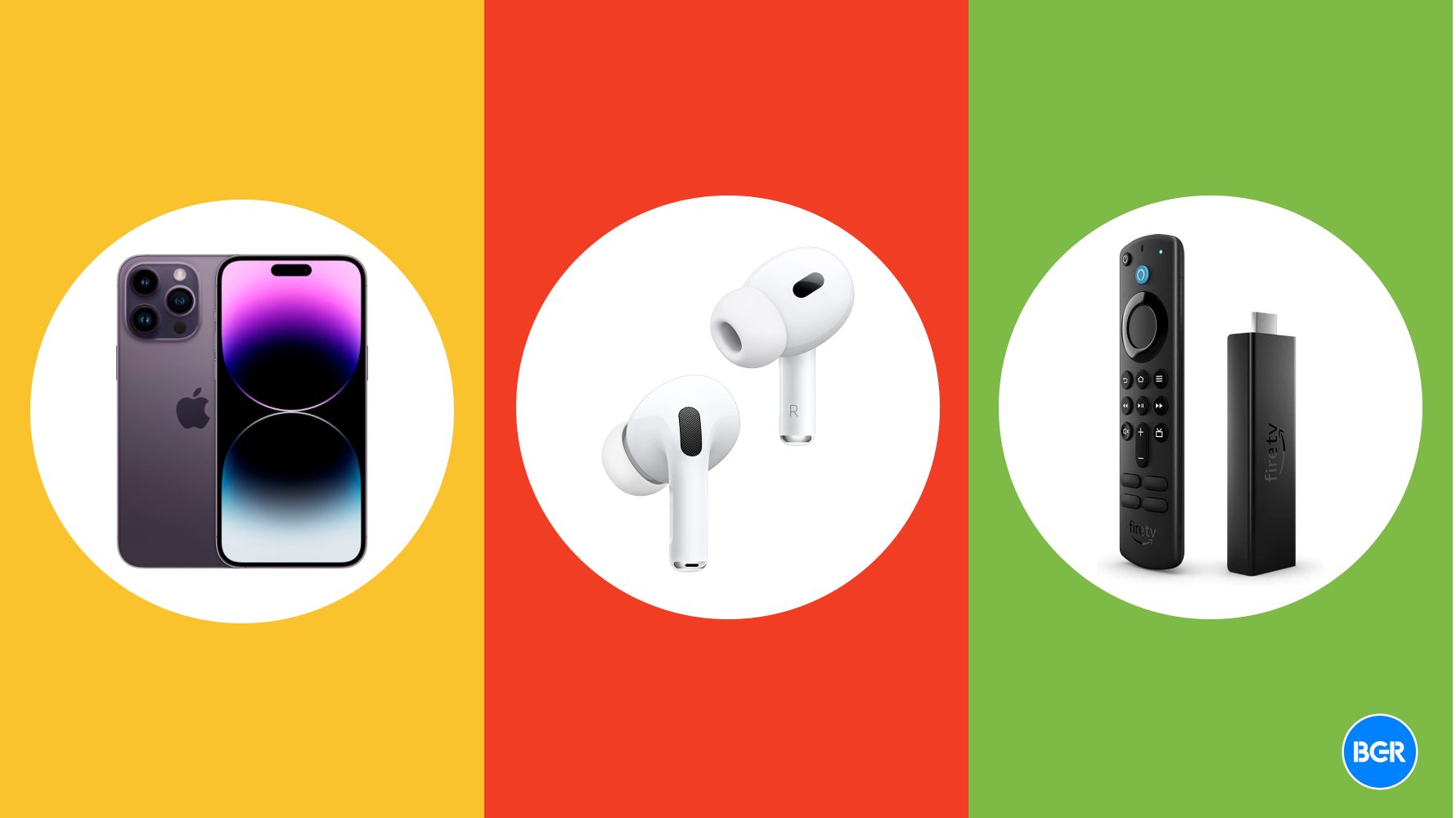


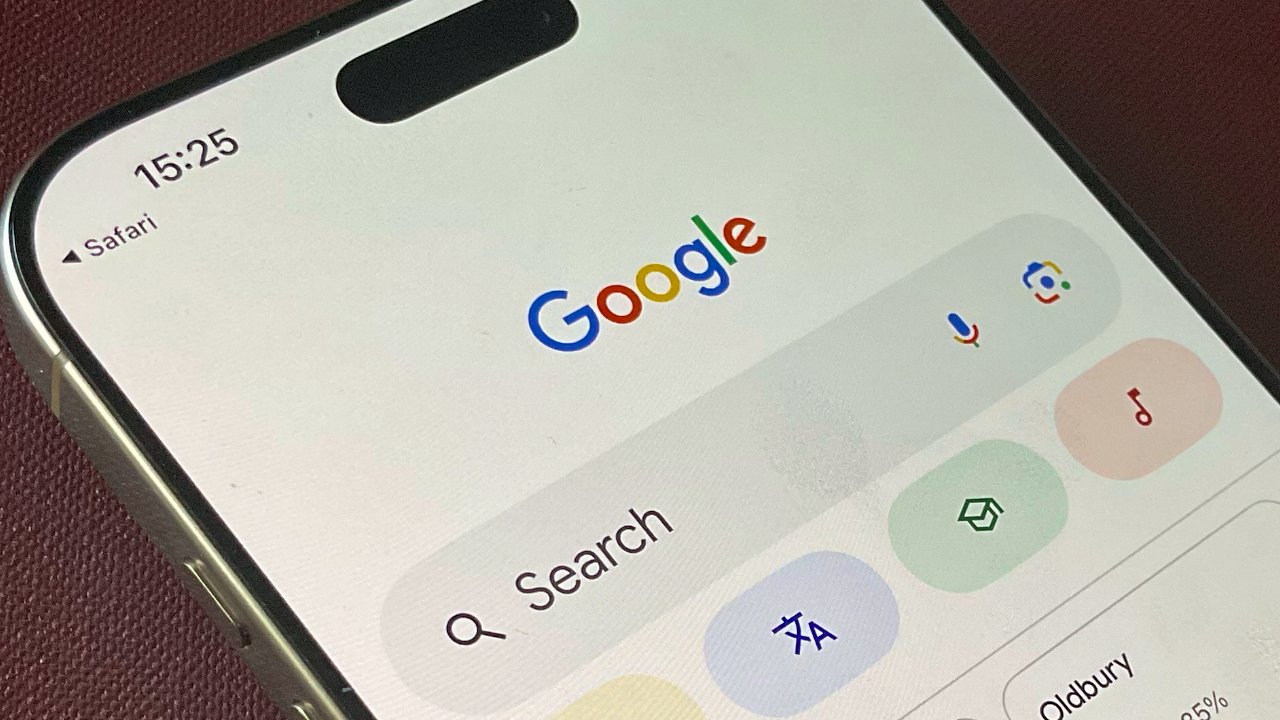


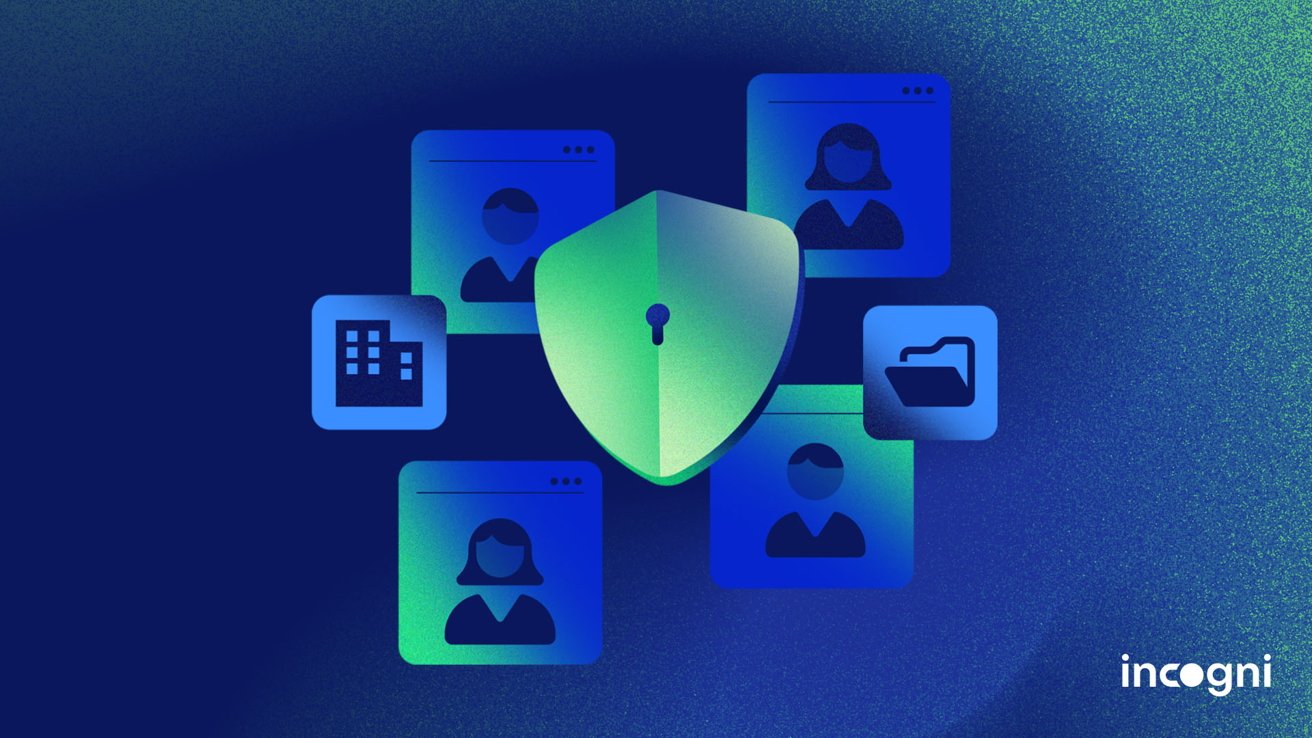







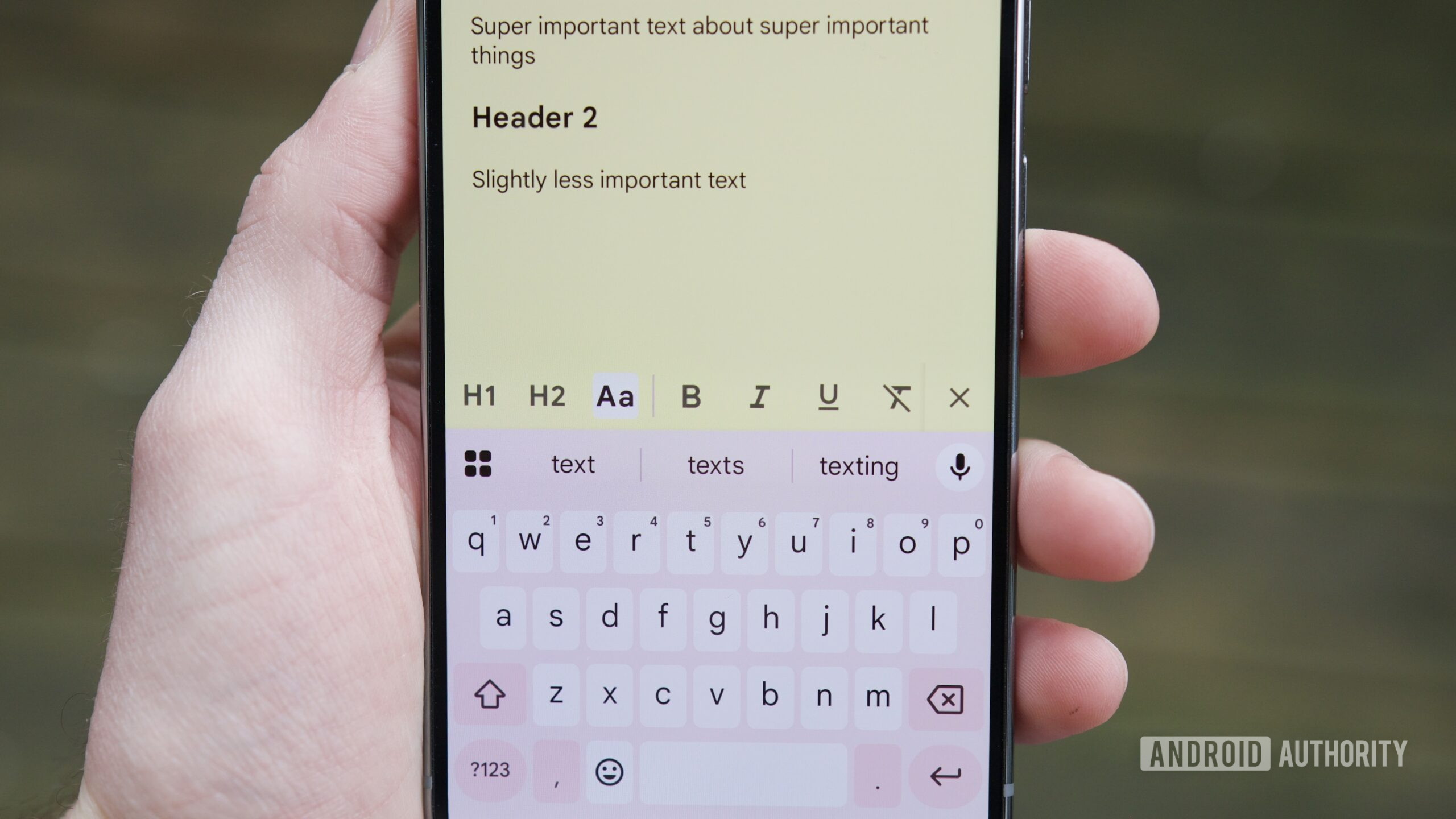


















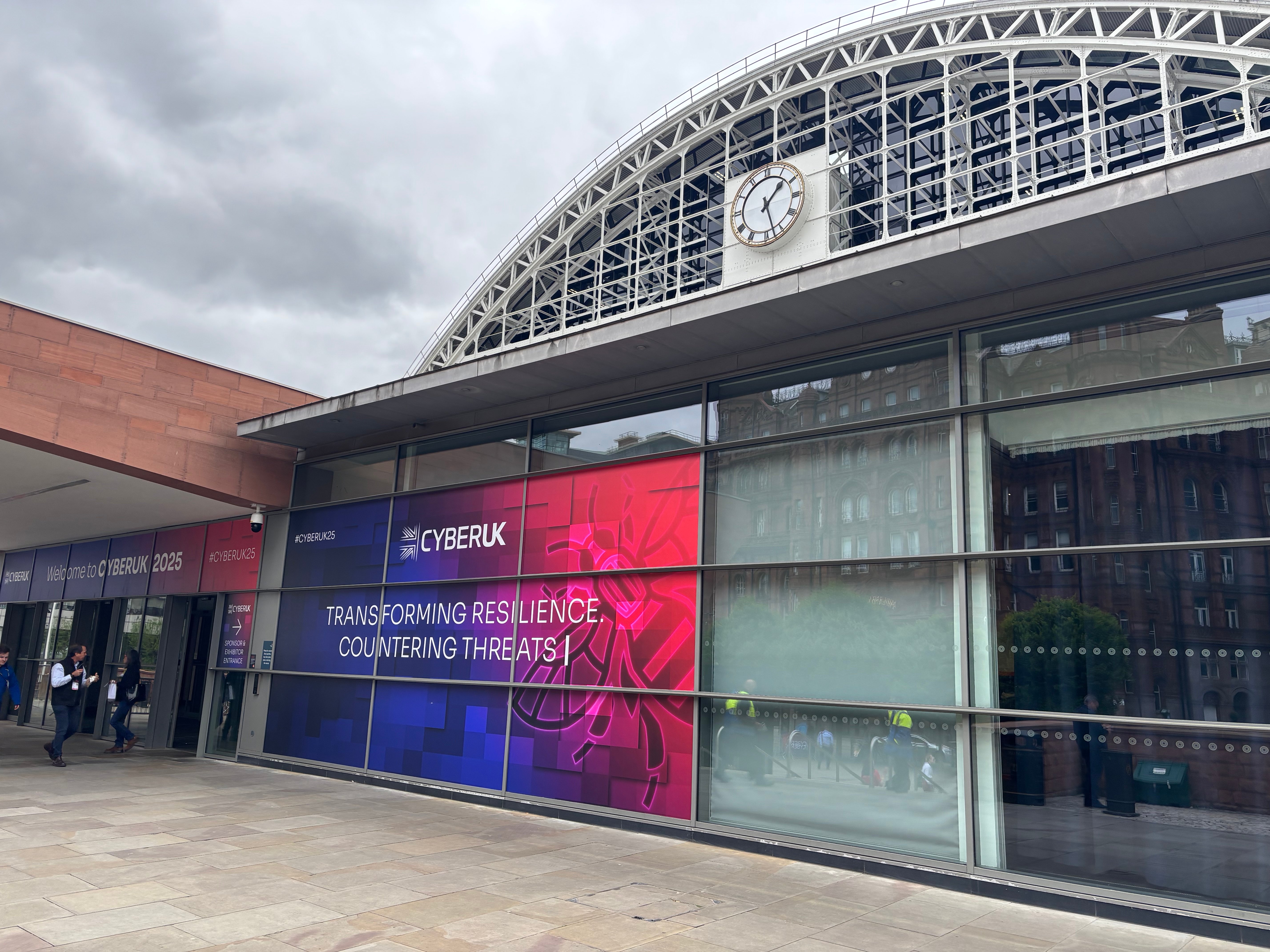
![Apple Shares New 'Mac to School' Ads: Pointed, Mirrored, Dropped In [Video]](https://www.iclarified.com/images/news/97295/97295/97295-640.jpg)
![Apple Drops New Trailer for 'F1' Starring Brad Pitt [Video]](https://www.iclarified.com/images/news/97296/97296/97296-640.jpg)
![Apple iPhone Exports From India Surge 116% [Report]](https://www.iclarified.com/images/news/97292/97292/97292-640.jpg)
![Apple Shares 'Last Scene' Short Film Shot on iPhone 16 Pro [Video]](https://www.iclarified.com/images/news/97289/97289/97289-640.jpg)
















